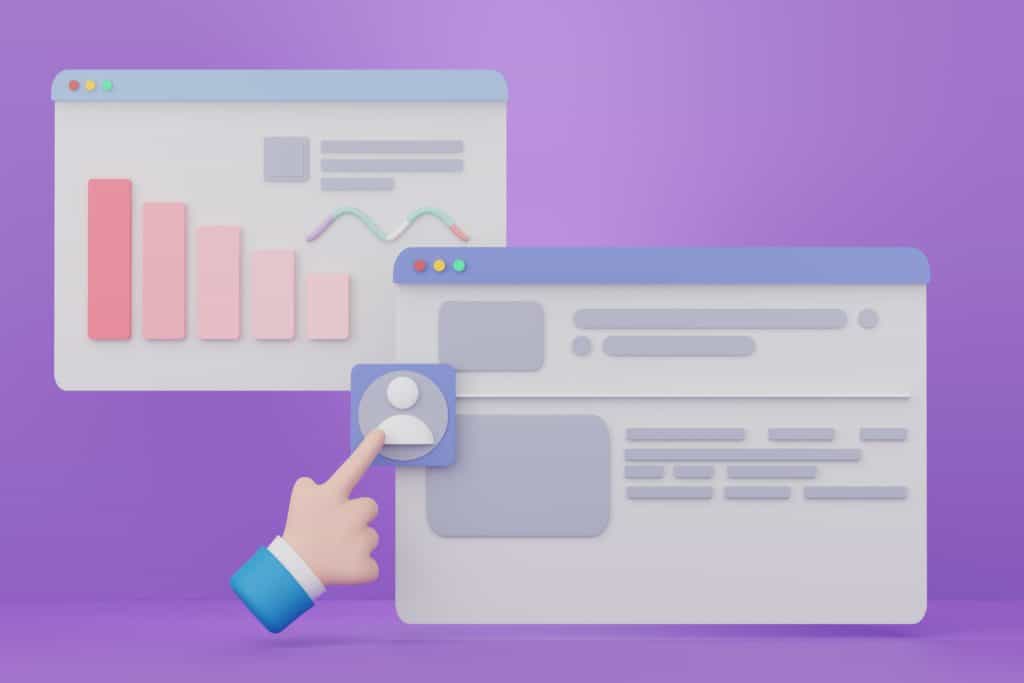The amount of data generated from your website each day can provide an insight into the way visitors interact not just with the website, but the brand too.
It is possible that you already know how to use the data at your disposal for marketing purposes or product development. However, one area where most people struggle is optimizing their website for user experiences. While many people get excited by high web traffic numbers, it counts for nothing if you cannot make these numbers work to your advantage.
In-depth knowledge and understanding of analytics data have ushered in a generation where design is growth-driven. You need to make your website more flexible such that all users can find value in their interaction with your website. From this data, you can also understand how to improve your website during routine maintenance processes.
In web analytics, it is the simple things that make a big difference. You don’t have to go all out and make wholesale changes on your website. More often, wholesale changes end up confusing your audience to the point where some of them move on to your competitors. If you embrace the concept of simplicity, you can introduce new changes gradually, allowing your audience enough time to try things out. During this period, you also get feedback from the data analysis and know the impact the changes have.
A lot can be said but with these few simple changes, your business is on the right track to success:
“Information infrastructure might sound like a complex concept, but in a real sense, it is about making sure the information in your website is easy to find and usable”

Optimized information infrastructure
Information infrastructure might sound like a complex concept, but in a real sense, it is about making sure the information in your website is easy to find and usable. This means labeling and organizing information within your digital environment. It also helps users interact better with it.
Some of the strategies you use in your website that will come under scrutiny, in this case, include cross-linking, the way you label menus, and the content hierarchy. This is purely about the organization and tidying up your website. You’d be surprised at the way many websites are disorganized, with content strewn all over the place.
So what happens with a properly optimized information infrastructure? Well, first, you are assured your work will end up in a user-friendly experience. If you believe your audience is already happy with what they have based on the data you are collecting, imagine tweaking your website to make them even happier.
Whether you are using Google Analytics or any other analytics platform, one segment that provides a lot of information is the internal search keyword. The data collected here shows you the kind of content your audience is struggling to retrieve. Ask yourself why are they unable to get what they are looking for? A careful review might reveal the labeling is not right.
From this search platform, you can also tell whether people are using your internal search engine to find your main products, or whether they have to get it through the product navigation sections. In such a scenario, a link to the main products from your home page might make a big difference. Make your customers’ work easier by helping them find what they are looking for as soon as possible. Besides, the longer someone takes to find something on your website, the easier it is for them to find a better alternative.
Another example is a situation where your customers visit one of your product pages, but for them to review some of the work in your portfolio, they have to use the main navigation menu to access the portfolio page. This is too much work. Instead, you can create links to different items in your portfolio and display them on the relevant product pages. The idea here is to provide seamless navigation for your users.
Optimizing information infrastructure is therefore about predicting the customer’s next move. If you do this, they are more comfortable and excited about your website since they can find what they need without going through a long process.
Accurate user paths
How do people get to your website? How do they arrive at the product pages, landing pages, or the home page? What happens before someone skips all the other pages and heads straight for your blog section?
The information behind this is very important, and it is all in the data you own.
In your mind, you probably have a rough idea of the main sources of your traffic. However, you need to go a notch higher. Pen down the user paths. From this information, you can see clearly the kind of content that gets people to your website. You can also tell what your audience is looking for.
Working around user paths involves your UX team. However, have you ever wondered whether all the information in your user path diagrams is accurate? They might have been accurate at the time you created the website, but that does not mean they are accurate today. Do you believe the user paths are a true reflection of the real picture in terms of how your audience interacts with your website?
Analyzing your data in such a scenario is one of the most thought-provoking steps you can take. Just because something is working doesn’t necessarily mean it is working efficiently. Today you have to work round the clock to make sure you advance and keep up with your audiences. User interests, tastes, and preferences change all the time.
Look at the conversion paths and user paths, for example. Are your visitors still taking the same actions you expected them to when you built the website? Of course, there will be changes some months down the line. If you notice a decline in the user path, the next step would be to check out the conversion point.
“From such analysis, you might also realize you are spending so much on a campaign you are not supposed to. Perhaps the campaign has run its course, and you need to focus on something else.”

From such analysis, you might also realize you are spending so much on a campaign you are not supposed to. Perhaps the campaign has run its course, and you need to focus on something else. In the case of Health Plan Senior, for example, they realized they could save 16.82% off what they spent on Facebook Ads, yet they still managed a 32% increase in the number of successful applicants who benefitted from affordable health insurance services.
There might be several reasons why these changes are happening. Isolate the problem and take a microscope approach to it. An A/B test, for example, allows you to test every possible component in isolation. Perhaps you need to debug your code, or maybe your design has a problem. Honestly, it could be one of many reasons, and at times, a combination of more than one. This is why an A/B test is recommended since you can isolate all components and test them individually.
Have you checked the mobile version of your website? If you received a lot of hits earlier on from mobile users but suddenly the number has declined while all the other sources have remained steady, your problem might be on the mobile design.
In conclusion, modern design gets intricate by the day. The idea is to make your website more user-friendly, and ensure it is dynamic enough to meet the ever-changing user preferences. There is so much information you can obtain from your website data. What you do with this information is anyone’s guess.
The fact is that you don’t need to make significant changes to get significant results. Analyzing your website and applying simple and careful fixes might be all you need. if you have to make wholesale changes, make sure it is absolutely necessary. Think of your website like a child. Your child doesn’t go to sleep crawling and wakes up a teenager the next day. There’s a growth curve that involves a lot of experimenting, learning, mistakes, and lessons to be learned.
The thing about growth is that anything is possible. However, you have the ultimate secret weapon, data. With data, you can figure out why your customers are behaving the way they are, and more importantly, don’t just get them to stay, but have them stay because of something you want them to do. This is why we mentioned earlier that traffic is only useful if you know what to do with it, or its essence would be futile.

